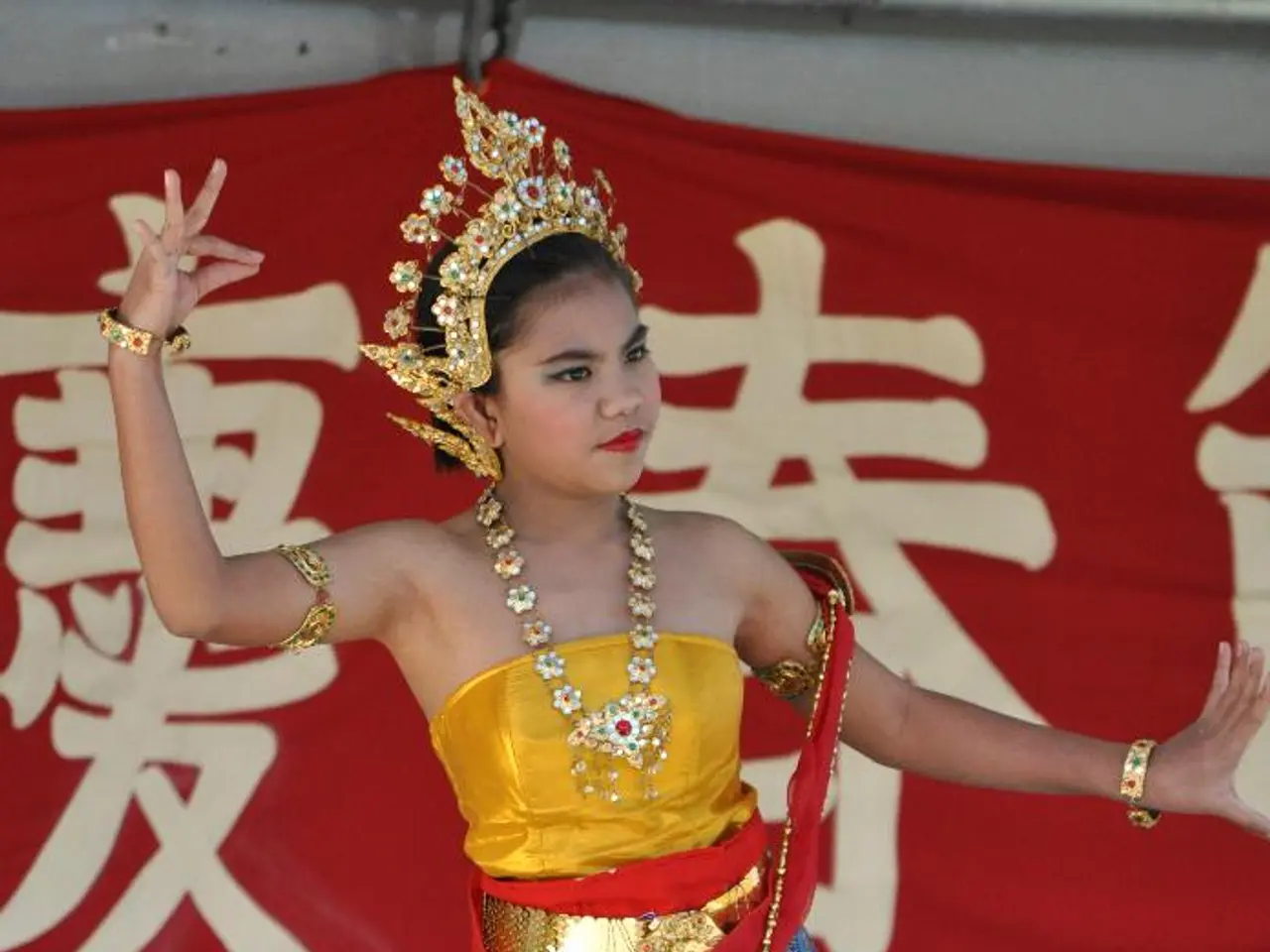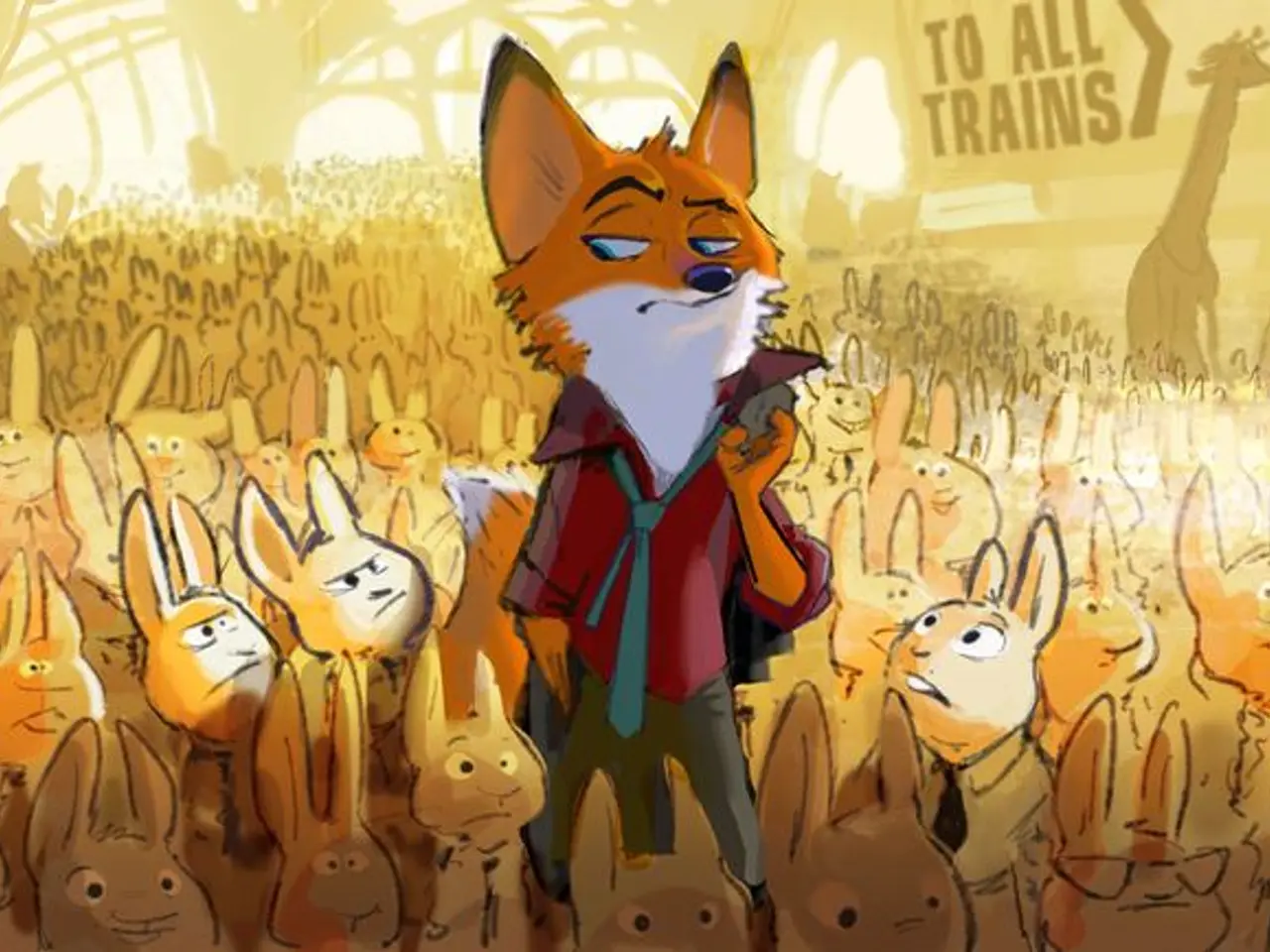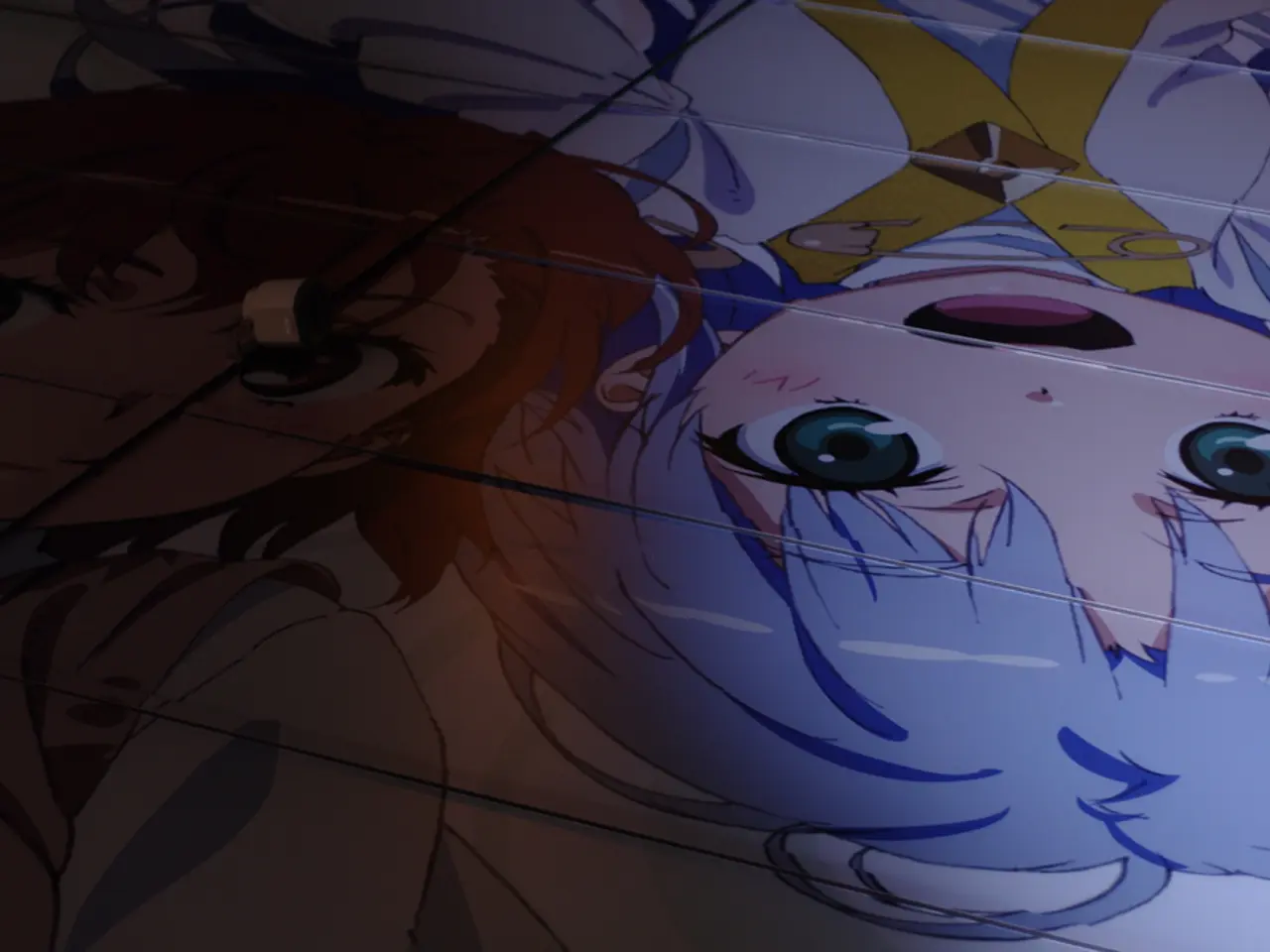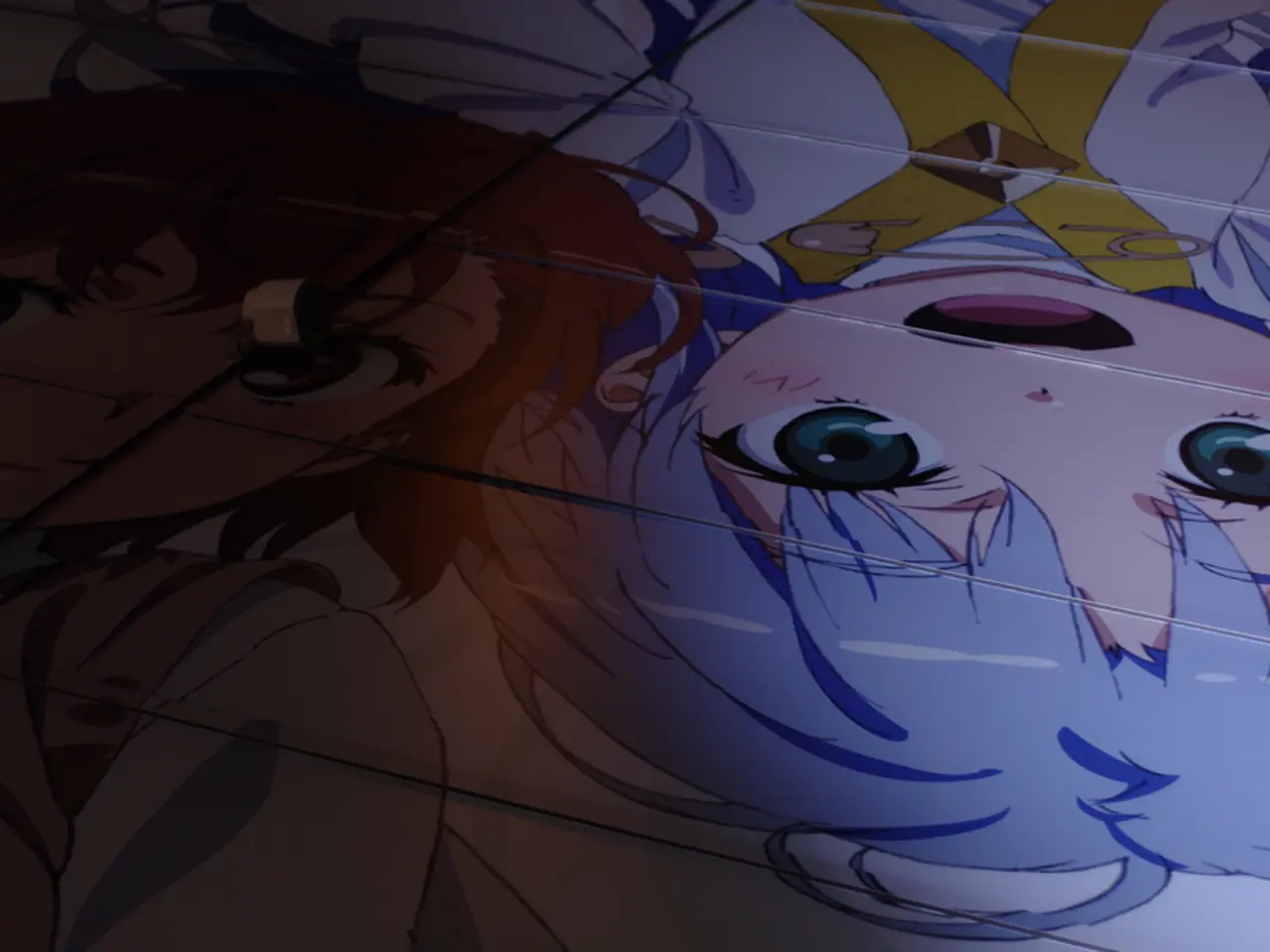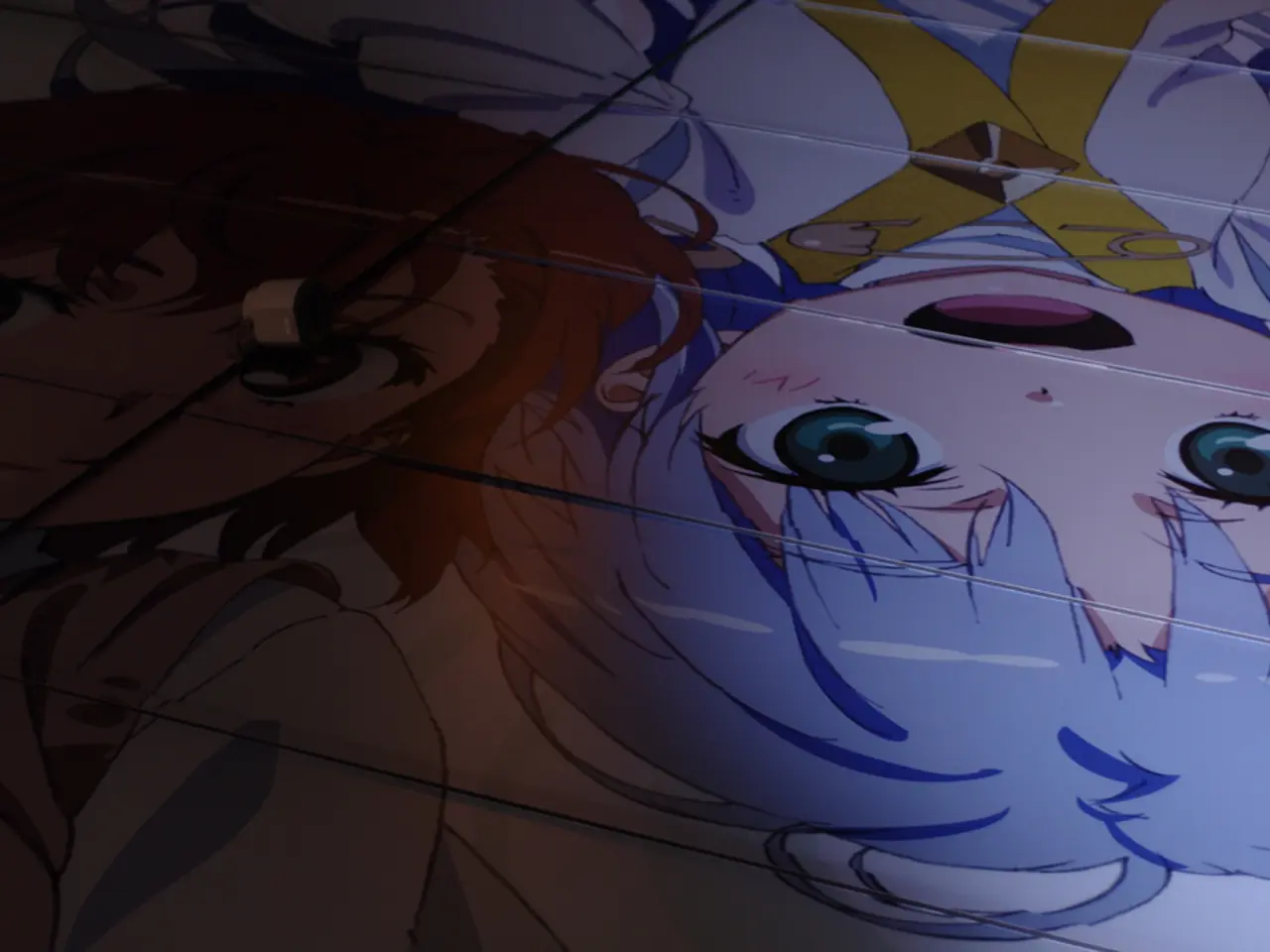Standout Dance Spectacles in Indian Cinema: Notable Legendary Choreographed Scenes
In the vibrant world of Indian cinema, a dance moment can become legendary, leaving an indelible mark on audiences and transcending the boundaries of language and culture. The key to these iconic sequences lies in a harmonious blend of innovative choreography, strong performer chemistry, cinematic appeal, cultural significance, timely placement, and popularity.
One of the earliest examples of this can be traced back to the classical dance traditions of Bharatanatyam, Kathak, Odissi, Kuchipudi, and more, which graced the screens in the early days of Indian cinema. Fast forward to the present, and dance sequences continue to captivate audiences, with regional cinema like Tamil, Telugu, and Malayalam cinema now rivalling Bollywood in creativity and execution.
Iconic Choreography
Choreographers like Saroj Khan, Remo D'Souza, and Bosco-Caesar have elevated dance to cinematic poetry. Innovative techniques and creative interpretations of traditional moves have made dance sequences stand out. For instance, Saroj Khan's choreography for "Ek Do Teen" from Tezaab (1988) was a game-changer, while "Ghoomar" (2018) from Deepika Padukone's repertoire required months of training and set new benchmarks for cinematic authenticity in portraying Indian classical dance.
Chemistry Between Performers
A strong on-screen chemistry between the lead actors enhances the emotional impact of a dance sequence. Iconic movie couples, like Shah Rukh Khan and Kajol, have been celebrated for their memorable dances. The chemistry between the lead actors in "Dola Re Dola" from Devdas (2002), choreographed by Saroj Khan and featuring Madhuri Dixit and Aishwarya Rai, is another testament to this.
Cinematic Appeal
The use of vibrant colors, elaborate sets, and dramatic camera angles can elevate the visual appeal of a dance sequence. A catchy, memorable soundtrack can make a dance moment more iconic and enduring. "Chaiyya Chaiyya" from Dil Se (1998), directed by Mani Ratnam and choreographed by Farah Khan, is a legendary dance sequence that exemplifies this.
Cultural Significance
Dance sequences that incorporate traditional or cultural themes often resonate with audiences and become embedded in cultural memory. These sequences can serve as a bridge between traditional and modern styles, making them more memorable. "Naatu Naatu" (2022) from RRR is an Oscar-winning Telugu dance number that broke records for its synchronization, infectious beats, and high-octane energy.
Timing and Context
The timing and placement of a dance sequence within a film's narrative can significantly affect its impact. Sequences that occur at pivotal moments in the story or convey important emotions are often more memorable. "Munni Badnaam Hui" from Dabangg (2010), featuring Malaika Arora, became a wedding and party anthem across the country, thanks in part to its strategic placement in the film.
Popularity and Repetition
How often a dance sequence is replayed or referenced in popular culture contributes to its legendary status. Social media platforms like TikTok often highlight and revisit these iconic moments, further increasing their visibility and appeal. "Naatu Naatu" from RRR is the first Indian dance number to win an Oscar for Best Original Song, underscoring its enduring popularity.
In conclusion, a dance moment in Indian cinema is more than just a visual spectacle. It is a blend of art, emotion, and cultural significance that resonates deeply with audiences. From the early days of Indian cinema to the present, dance has been a significant part of the cinematic experience, transcending language barriers and connecting diverse cultures.
- Choreographers in the realm of Indian cinema, such as Saroj Khan, Remo D'Souza, and Bosco-Caesar, have transformed dance into cinematic poetry through innovative techniques and creative interpretations.
- The animation of a dance sequence in films, like "Ghoomar" featuring Deepika Padukone, becomes more enduring when it requires extensive training, ensuring cinematic authenticity.
- In the world of entertainment, a strong performer chemistry, as demonstrated by iconic couples like Shah Rukh Khan and Kajol, intensifies the emotional resonance of dance sequences.
- The fashion-and-beauty industry can also be impacted by the popularity and repetition of legendary dance sequences, as seen with "Munni Badnaam Hui" influencing wedding and party anthems across the country.
